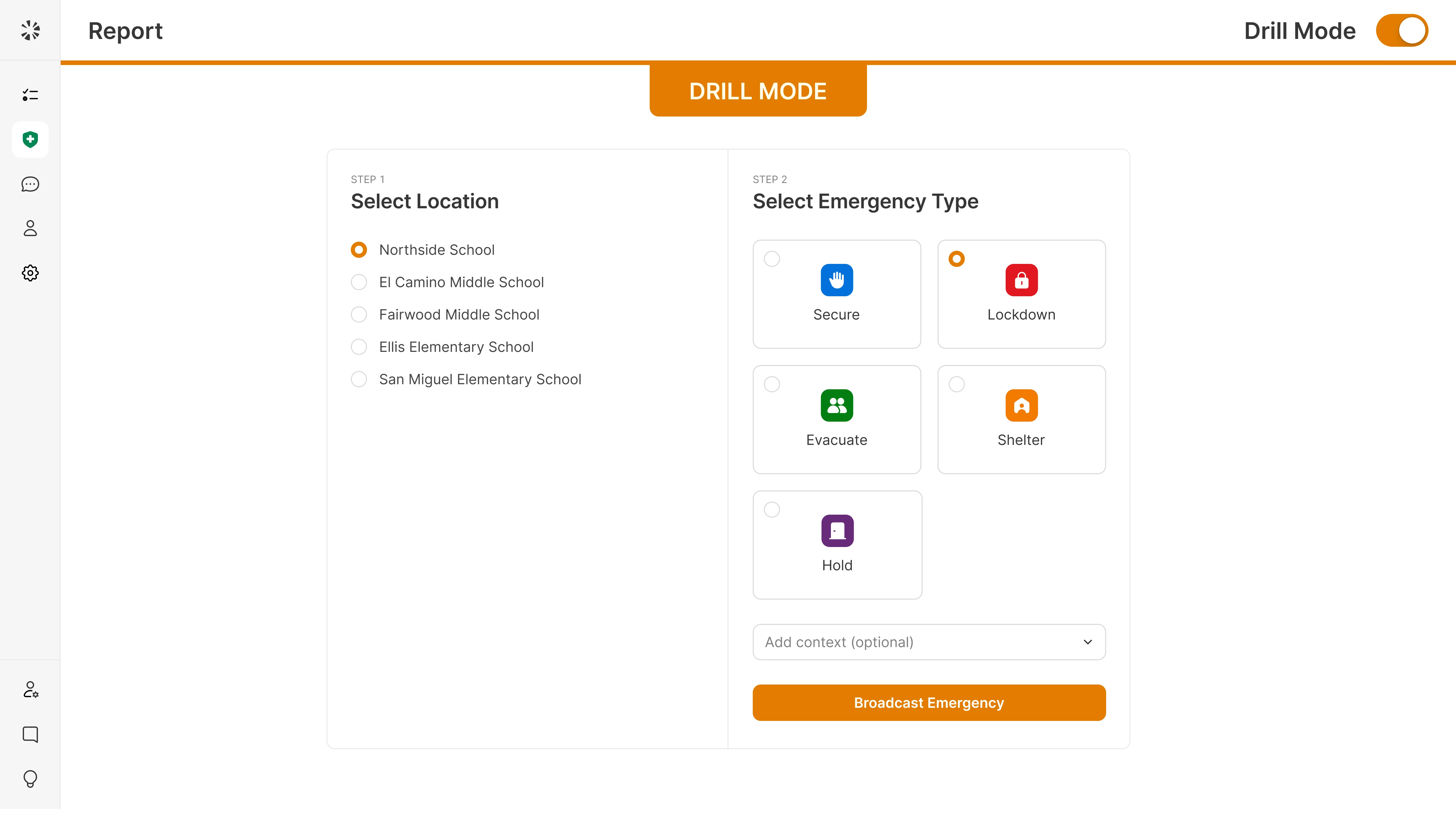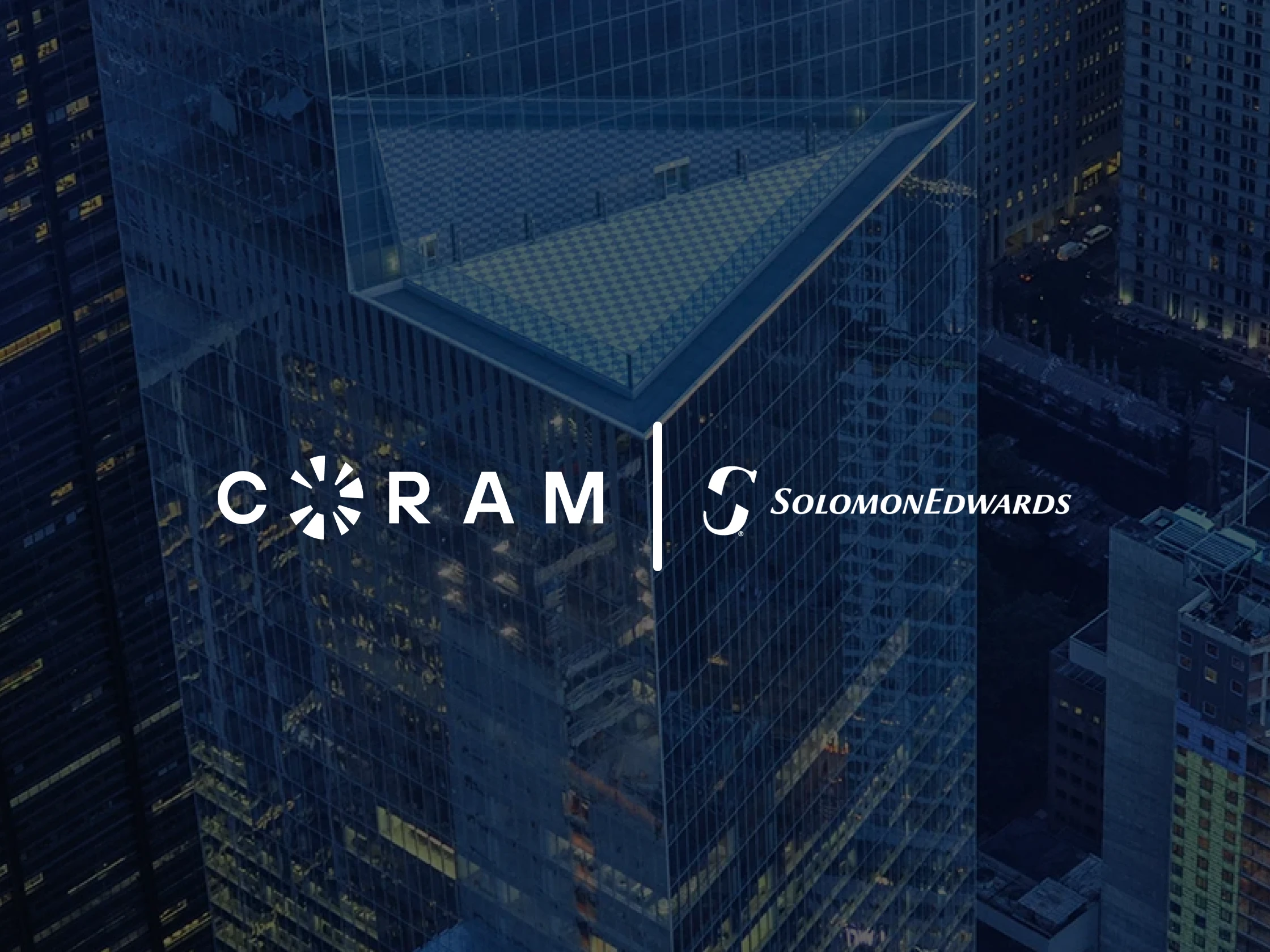For decades, physical security relied on on-premise access control systems, the backbone of enterprise protection. But while these systems once met business needs, they can no longer keep pace with today’s security and operational demands or the growing need for real-time visibility.
As organizations modernize and security risks intensify, the technology guarding our doors must advance too.
2025 marks the convergence of new technologies, rising cyber-physical threats, and changing business operations. Hence, upgrading to a remote managed access control solution has become a non-negotiable requirement for any forward-thinking business.
Let’s look at why now is the moment to move beyond legacy systems.
The Limitations of Traditional On-Prem Access Control
Historically, organizations relied on on-prem access control as the basis of their physical security. But as these businesses expand geographically and adopt hybrid work environments, the limitations of conventional setups have become glaringly obvious.
- Siloed Infrastructure
Conventional systems typically require local servers, physical controllers, and manual software updates. All of these create isolated security networks that cannot easily integrate with other systems. IT and security teams often have to manage multiple interfaces and credentials, leading to inefficiencies and higher risks of configuration errors.
- Limited Scalability and Flexibility
Scaling a legacy access management setup means installing new panels, wiring, and hardware at every site, which is an expensive and time-consuming process. As organizations open new locations or adopt flexible office models, these rigid solutions cannot adapt quickly enough.
- High Maintenance and Downtime Risks
Hardware-heavy systems depend on routine on-site maintenance. Firmware updates, controller replacements, and server patches can lead to system downtime, leaving facilities exposed to attacks. In many cases, security integrators must visit the site physically to troubleshoot, increasing both operational costs and response times.
- Fragmented Visibility and Data Management
In traditional setups, data like access logs and audit trails are stored locally. This makes it difficult to centralize monitoring across multiple sites. Security administrators lack unified visibility, which delays response during critical incidents and creates blind spots that modern enterprises could have avoided.
- Limited Integration Capabilities
Legacy systems rarely integrate with modern security technologies due to incompatibilities. As organizations move toward unified security networks, these older solutions become bottlenecks.
Put simply, traditional on-prem access control systems were designed for a world that no longer exists. The future demands something more unified.
What “Remote Managed Access Control” Really Means?
Remote managed access control is a modern security solution that combines cloud-hosted management software, physical access devices, and remote support from security experts to regulate and monitor access without requiring on-site infrastructure.
Here’s how it works:
- Cloud-Hosted Management
RMAC platforms store the access management software and database in the cloud, enabling 24/7 availability from any web-enabled device. System administrators can add or revoke user credentials, configure schedules, and view activity logs without being physically present at the site.
- Edge Devices for Local Decision-Making
Advanced RMAC systems use edge controllers that can make access decisions even if the internet connection is interrupted. This ensures continuous operation while still syncing with the cloud once connectivity is restored.
- Remote Monitoring and Management
A key differentiator of RMAC is its remote support model. Authorized security professionals can monitor system health, automate updates, and manage credentials and alarms remotely. This reduces the dependency on in-house IT teams or on-site visits.
- Advanced Integrations and Analytics
Most RMAC platforms integrate with systems like video surveillance, alarms, emergency response, identity management, and building automation, creating a centralized hub for facility management.
Real-time analytics and alerts enable predictive security and help organizations identify potential threats before they escalate.
- Subscription-Based Flexibility
Unlike traditional systems that require large upfront capital investments, RMAC’s subscription-based model spreads costs over time and simplifies budgeting. Its flexibility ensures businesses always have the latest features and security patches.
In essence, RMAC brings the scalability and intelligence of cloud computing to physical access management, bridging the gap between physical and digital security management.
Why 2025 Is the Year to Upgrade?
The question is, why now? Several industry and operational factors consolidate this year to make the transition imperative.
Growing Demand for Remote Security Management: Many companies are adopting the hybrid work model. Facility managers and security teams need the ability to manage multiple sites remotely, issue temporary credentials for contractors, or lock down a building instantly. All these and more can only be achieved using remote managed access control.
Rising Cyber and Physical Security Threats: Cybercriminals are actively targeting databases and exploiting system vulnerabilities to manipulate data. Advanced remote access solutions counter this with in-depth defense. This includes mandatory end-to-end encryption, industry compliance, multi-factor authentication, and the ability to push zero-day vulnerability patches to every endpoint upon discovery.
Integration with Smart Building Ecosystems: From HVAC and lighting to surveillance and visitor management, organizations are adopting IoT-driven automation. RMAC integrates natively with these technologies and creates a unified, data-driven environment that supports operational efficiency and sustainability goals.
Operational Efficiency and Cost Predictability: RMAC eliminates the unpredictability of hardware failures and unplanned maintenance visits. With remote diagnostics, predictive maintenance, and automatic updates, companies can redirect IT and facility budgets toward innovation and other pressing needs. Beyond cost savings, RMAC is also fundamental for future innovation.
Future-Proofing for AI and Automation: As AI-powered analytics become standard in modern security systems, RMAC provides the necessary cloud and data infrastructure to enable automated access decisions, behavior-based alerts, and adaptive security policies. Traditional systems lack the architecture to support these advancements.
The reality is that the longer organizations delay, the harder and more expensive it becomes to modernize later. 2025 is not too late to transition and stay competitive and secure your data, and premises.
How Coram Is Leading the Shift in Access Control Systems?
Coram’s remote managed access control platform helps enterprises unify, automate, and scale security operations while maintaining compliance and uptime across every facility.
Centralized Cloud-Based System
Coram’s remote access management platform stores data in the cloud and centralizes access management across multiple facilities. This gives administrators real-time visibility and control from a single dashboard.
Whether you’re operating a single site or multiple locations, Coram guarantees every access point, user credential, and event log is synchronized in real time.
By doing so, administrators can have unified oversight of every facility from a single dashboard, manage credentials, set role-based permissions, trigger lockdowns, and monitor activity in real time.
Seamless Integrations
Coram’s system is built on open API architecture, supporting direct integrations with video surveillance platforms, visitor management systems, intrusion alarms, emergency management systems, and building automation technologies.
Through these integrations, users can automate security workflows. The platform’s REST APIs also make it easy for businesses to embed its access control capabilities into existing enterprise software or third-party analytics platforms.
Advanced Security Intelligence and Automation
Powered by artificial intelligence, the platform detects weapons, slips and falls, repeated denied entries, off-hour access attempts, or tailgating attempts.
These insights feed into automated workflows, enabling instant alerts to security personnel or automated lockdowns of affected regions. Data is processed using machine learning models that improve over time. This guarantees faster and more accurate responses to potential threats.
Remote Support and Managed Services
Because the platform is cloud-based, Coram’s experts can push firmware updates, apply configuration changes, diagnose system anomalies, and ensure that encryption protocols remain up-to-date.
This eliminates the need for manual on-site servicing while ensuring a 99.9% uptime and round-the-clock faster response times to maintenance requests.
Compliance-Ready Architecture
Built to meet the highest standards of enterprise-grade protection and industry compliance, Coram employs AES-256, FIDO2, and TLS protocols, and multi-factor authentication (MFA) for all administrative access.
Its cloud environment is hosted on HIPAA and SOC 2 Type II–certified infrastructure, with real-time data backups. Role-based access control (RBAC) and audit logging ensure that every user action is traceable.
Scalable Deployment
Coram’s DC-41 platform supports modular deployment, meaning users can upgrade their facility at their own pace and add or remove certain features depending on their security needs. The system integrates with existing IP cameras without needing a complete overhaul.
Whether it’s a single building or multiple ones, Coram’s infrastructure scales effortlessly with organizational growth.
Conclusion
The question is no longer if you will move to a remote managed model, but when. The technological, operational, and security advantages are too profound to ignore. Traditional on-premise systems represent a legacy way of thinking, one defined by physical boundaries.
But 2025 is the year to shed those limitations by upgrading to a remote managed access control solution. It is an investment in a more secure and intelligent operational future that replaces manual processes with automated workflows and real-time visibility.
The future of access control is remote, managed, and integrated. The time to build that future is now, and industry leaders like Coram are equipped to guide your organization through this critical transition.
Organizations that modernize now will safeguard their assets and position themselves as leaders in the industry.














.webp)
